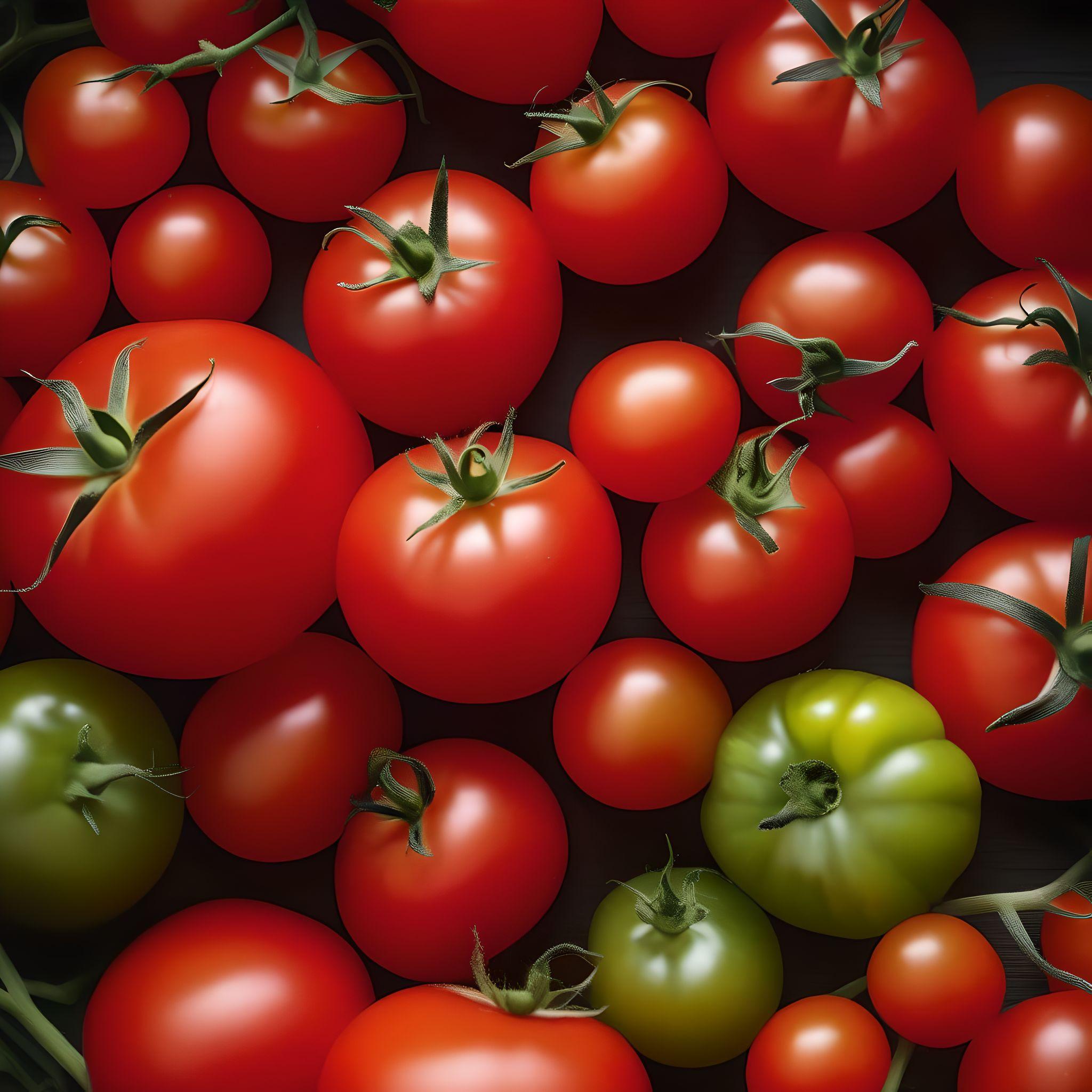

Common Name: Tomato
Scientific Name: Solanum lycopersicum
Origin: Central and South America
Introduction
Tomatoes are one of the most popular vegetables grown worldwide, prized for their versatility, flavor, and nutritional value. Whether used in salads, sauces, or as a key ingredient in countless dishes, tomatoes are a staple in many cuisines. Cultivating tomatoes can be a rewarding endeavor for both home gardeners and commercial farmers. This article delves into the detailed cultivation practices, benefits, and additional insights on growing tomatoes successfully.
Read also: Asian citrus psyllid
Soil Preparation
Tomatoes thrive in well-drained, fertile soil with a pH level between 6.0 and 6.8. To prepare the soil:
Testing Soil: Conduct a soil test to determine nutrient levels and pH.
Amending Soil: Add organic matter such as compost or well-rotted manure to improve soil structure and fertility. Lime or sulfur may be added to adjust pH levels based on soil test results.
Tilling: Till the soil to a depth of 8-12 inches to ensure good root penetration and drainage.
Seed Selection and Sowing
Variety Selection: Choose tomato varieties suited to your climate and intended use (e.g., slicing, canning, cherry tomatoes). Heirloom and hybrid varieties each have unique benefits.
Starting Seeds Indoors: Sow seeds indoors 6-8 weeks before the last expected frost date. Use seed trays filled with a sterile seed-starting mix.
Transplanting: Harden off seedlings by gradually exposing them to outdoor conditions. Transplant them outdoors when they are 6-8 inches tall and all danger of frost has passed.
Planting
Spacing: Space plants 18-24 inches apart in rows 36-48 inches apart to allow adequate air circulation and room for growth.
Planting Depth: Plant tomatoes deeper than they were in their seedling pots, burying part of the stem to encourage root growth.
Watering
Consistent Moisture: Keep the soil consistently moist but not waterlogged. Water deeply at the base of the plant rather than overhead to prevent disease.
Mulching: Apply mulch around the base of the plants to retain moisture, regulate soil temperature, and reduce weed growth.
Fertilization
Initial Fertilization: Incorporate a balanced fertilizer into the soil at planting time.
Ongoing Feeding: Apply a high-phosphorus fertilizer or tomato-specific fertilizer once fruit sets to promote healthy growth and fruit production.
Staking and Pruning
Staking: Support plants with stakes, cages, or trellises to keep them upright and off the ground, reducing disease risk.
Pruning: Remove suckers (side shoots) that develop in the crotch joint of the stem and a branch to focus the plant’s energy on fruit production.
Pest and Disease Management
Common Pests: Watch for tomato hornworms, aphids, and whiteflies. Use organic insecticides or introduce beneficial insects to control pest populations.
Diseases: Monitor for signs of blight, wilt, and other fungal diseases. Rotate crops annually and use disease-resistant varieties to minimize risk.
Harvesting
Timing: Harvest tomatoes when they are fully colored and slightly soft to the touch.
Handling: Handle tomatoes gently to avoid bruising and damage. Store harvested tomatoes at room temperature for the best flavor.
Benefits of Growing Tomatoes
Nutritional Value: Tomatoes are rich in vitamins C and K, potassium, and antioxidants like lycopene, which may reduce the risk of heart disease and cancer.
| Nutrient | Amount per 100g |
|---|---|
| Calories | 18 kcal |
| Protein | 0.9 g |
| Fat | 0.2 g |
| Carbohydrates | 3.9 g |
| Fiber | 1.2 g |
| Vitamin C | 13.7 mg |
| Vitamin A | 833 IU |
| Potassium | 237 mg |
| Water | 94.5 g |
Culinary Uses: Fresh, canned, or cooked, tomatoes are a versatile ingredient in countless dishes.
Economic Benefits: Home gardeners save money by growing their own tomatoes, while commercial growers can profit from high market demand.
Conclusion
Growing tomatoes requires careful attention to soil preparation, planting, watering, fertilization, and pest management. However, the rewards of a bountiful harvest, coupled with the nutritional and economic benefits, make the effort worthwhile. Whether you’re a novice gardener or an experienced farmer, following these detailed cultivation practices can help you produce healthy, delicious tomatoes.



